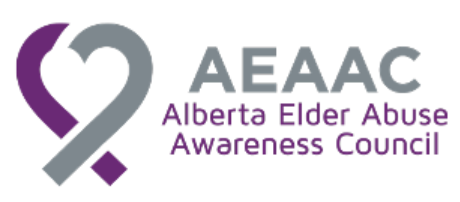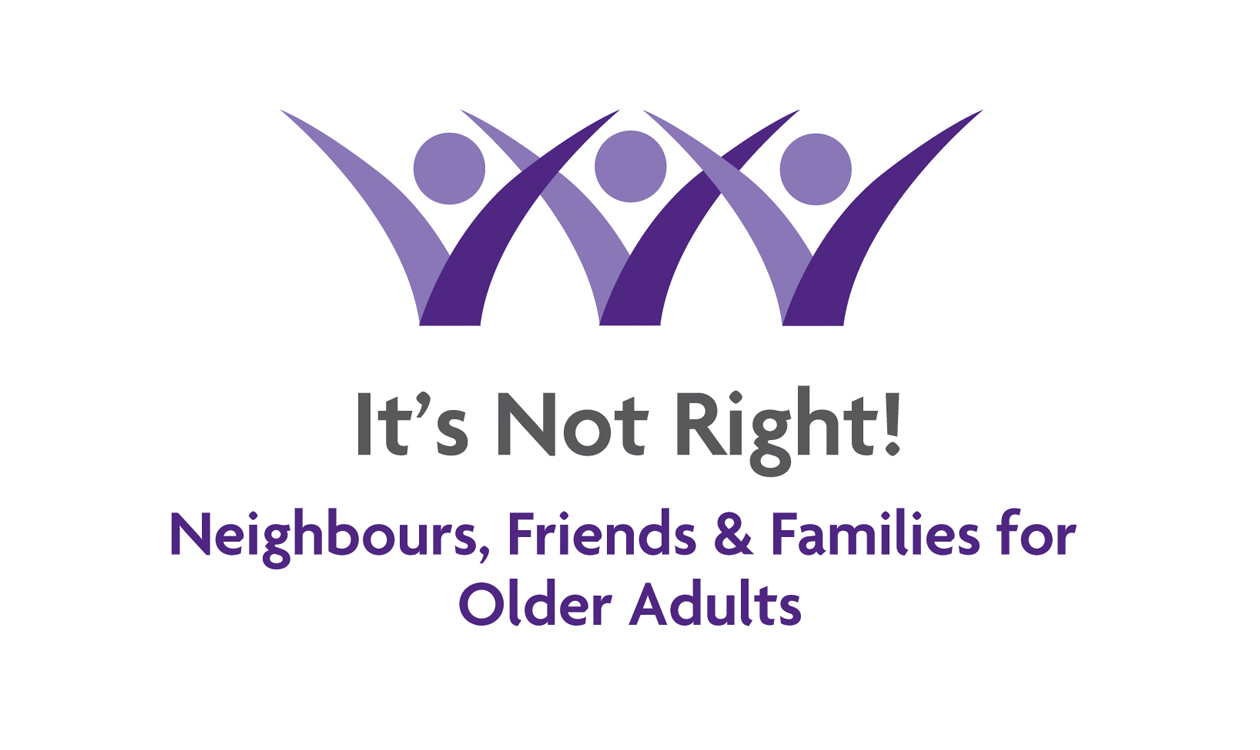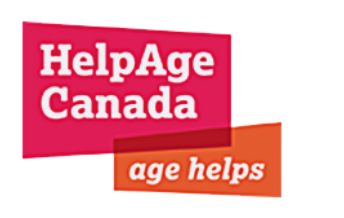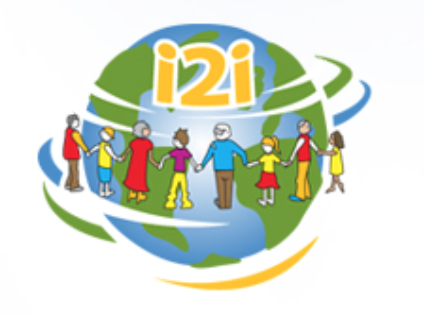People who are abused need support. People who are abusive need help. The bystanders—including neighbours, friends, and family members—need to know what they can do to make a positive difference. Bystanders often know that abuse is happening, but don’t know what to do about it.
Here are some important reminders from Neighbours, Friends and Families for Older Adults:
- Abuse is never the fault of the person being abused.
- If an older adult tells you they are being abused or hurt, believe them.
- If you suspect abuse, check it.
- Before you act, ask yourself: What are the safety issues? Am I being respectful?
- If you are living in an abusive relationship, learn about safety planning.
The overall strategy is to interrupt the isolation that exists in all abusive relationships.
If you suspect abuse
- Talk to the older adult. Wait for a time when you are alone and not likely to be interrupted. Ask caring questions; don’t impose answers. Listen to the person’s experience. Ask what they want.
- Respect rights and personal values. Those rights include confidentiality, privacy, and self-determination. Mentally capable adults have the right to make decisions, including choices you might consider risky or unwise.
- Seek consent or permission. In most cases, you should get consent from an older adult before taking action. This includes getting consent before sharing the older adult’s personal stories, financial information, or health information with anyone else. Look for the least intrusive ways to offer help. If the person you are worried about doesn’t want to take action, respect their choice. Keep the lines of communication open. However, if the situation is dangerous, don’t hesitate: call the police or 911.
- DO NOT confront or accuse the abusive person. They may take it out on the older adult.
- Avoid ageism. Do not let ageist or discriminatory thinking affect your judgment. Avoid stereotypes about older people. Respect the dignity of all people, regardless of their age. Learn what you can do about ageism.
- Get informed. If you work with older adults, you need to educate yourself about elder abuse. Know that abuse and neglect can happen anywhere and by anyone. Learn the warning signs of abuse. Learn what you can do to help, and what the law says you must do when someone’s safety is at stake. If you’re not sure what to do, or if you need support, check with a professional.
Adapted from Neighbours, Friends and Families for Older Adults (itsnotright.ca) and from the Canadian Centre for Elder Law's A Practical Guide to Elder Abuse and Neglect Law in Canada, p. 5.
Learn about safety planning
- What are the safety issues?
- Am I being respectful of the older adult’s rights?
If you are living in an abusive relationship, a safety plan can help you live more safely day to day. It can also help you to plan a safer way to make changes or leave the situation. Leaving is the most dangerous time in an abusive relationship, so it’s important to plan well. DO NOT tell the abusive person about your plan.
A local shelter, police, or victim services office can help you create a good safety plan. Here are some basic steps:
- Arrange for regular home visits and telephone contact with friends, family, or service providers.
- Have emergency money and a prepaid phone card somewhere outside of the home.
- Give copies of important documents and keys to trusted friends or family members.
- Pack a bag of extra clothing, medicine, and personal aids (glasses, hearing aids, etc.)—whatever you would need to manage for a few days if you decide to leave. Give the bag to a trusted friend or family member.
- Keep phone numbers of friends, relatives, shelters, or other trusted individuals in a convenient place.
- Have a safety word that will let a trusted friend or family member know if you are in danger.

















